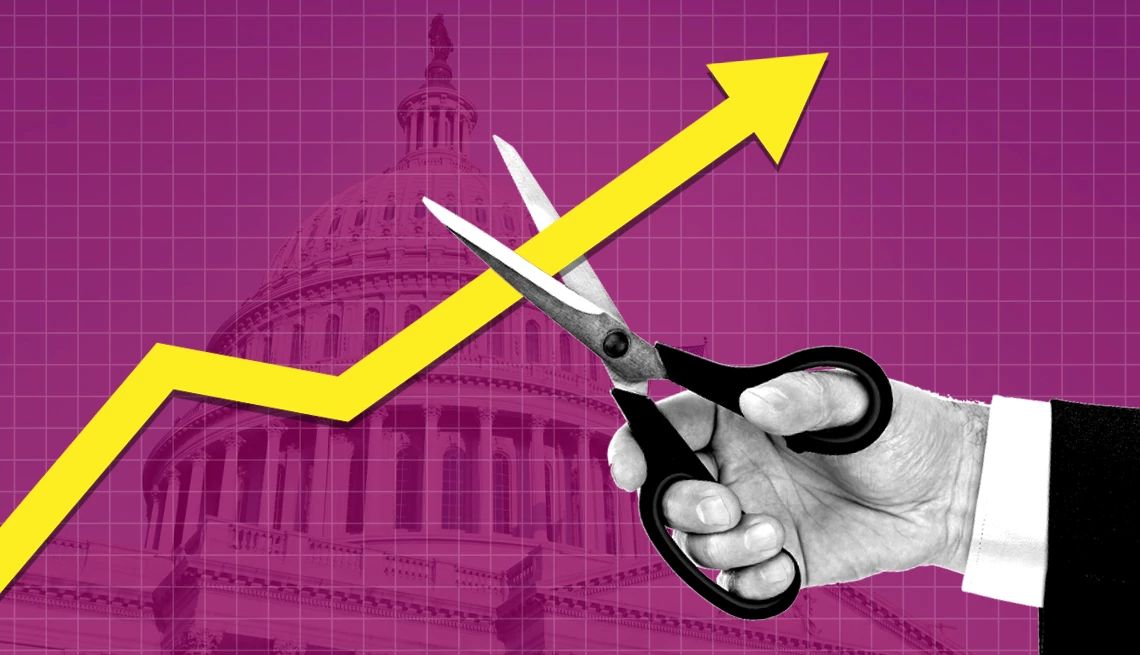
What the fed’s rate cut means for you
- Select a language for the TTS:
- UK English Female
- UK English Male
- US English Female
- US English Male
- Australian Female
- Australian Male
- Language selected: (auto detect) - EN
Play all audios:

Borrowers are the clearest winners following a Fed rate cut, since many consumers’ interest rates tend to rise or fall in the same direction as the federal funds rate. “For borrowers, rate
cuts are generally good news, because it lowers the cost of borrowing, but different parts of the market are impacted differently,” says Collin Martin, fixed income strategist at the Schwab
Center for Financial Research. Many auto loans have fixed interest rates. That means if you have an existing fixed-rate auto loan, the rate will remain at its current level unless you
refinance. New car buyers, however, will likely see lower rates for auto loans. Credit cards, on the other hand, typically have adjustable interest rates. Cardholders will likely see rates
creep down from their current average of 24.61 percent, according to LendingTree data. “It’s also worth remembering that even if they do influence them, the Fed doesn’t directly set rates
for credit cards and auto loans,” says Jacob Channel, a senior economist at LendingTree. “So even if the Fed’s benchmark rate comes down, other factors like [consumers’] credit scores and
incomes will still play a major role in the types of rates that individual borrowers get.” WHAT THE NEW RATE CUT MEANS FOR SAVERS While savers are likely to see a decline in the amount of
interest they’ll earn on savings accounts and certificates of deposit (CDs), McBride says that in the near term, they should still be able to earn a high enough return on high-interest
products to at least beat inflation. “The outlook for savers is still a good environment, and it will be for the foreseeable future,” says McBride. “In the end, it depends on how the economy
fares as to how aggressive the Fed has to be. If we get a soft economic landing, the Fed won’t have to cut rates dramatically, and savers could be in a situation where they’re earning 3
percent in a 2 percent inflation environment, and you’re still ahead of the game.” In the meantime, savers should ensure that they’re taking advantage of high-yield savings accounts, which
can offer rates as much as 10 times higher than those of traditional savings accounts. McBride also suggests that consumers with extra cash consider locking in today’s higher rates for CDs
before they fall. For retirees looking for steady returns on their savings, a CD could be a good place to grow money. “Now is a great time to be locking in those CDs or high-quality bonds,
setting up that predictable stream of interest income,” McBride says. “You’re not going to get better yields by waiting.”
